
The Taurus is a British 14-cylinder two-row radial aircraft engine, produced by the Bristol Engine Company starting in 1936. The Taurus was developed by adding cylinders to the existing single-row Aquila design and transforming it into a twin-row radial engine, creating a powerplant that produced just over 1,000 horsepower with very low weight.

The Pratt & Whitney R-1690 Hornet was a widely used American aircraft engine. Developed by Pratt & Whitney, 2,944 were produced from 1926 through 1942. It first flew in 1927. It was a single-row, 9-cylinder air-cooled radial design. Displacement was 1,690 cubic inches. It was built under license in Italy as the Fiat A.59. In Germany, the BMW 132 was a developed version of this engine. The R-1860 Hornet B was an enlarged version produced from 1929.

The Piaggio P.XI was an Italian 14-cylinder radial aircraft engine. The P.XI was a licensed derivative of the French Gnome-Rhône Mistral Major 14K produced in Italy.
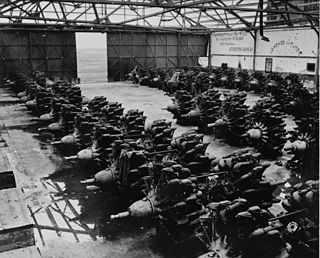
The Gnome-Rhône 14K Mistral Major was a 14-cylinder, two-row, air-cooled radial engine. It was Gnome-Rhône's major aircraft engine prior to World War II, and matured into a highly sought-after design that would see licensed production throughout Europe and Japan. Thousands of Mistral Major engines were produced, used on a wide variety of aircraft.
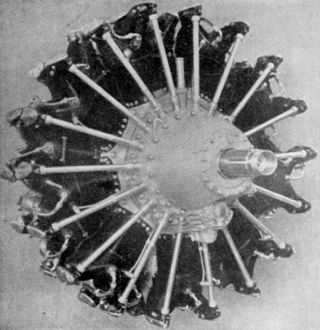
The Fiat A.80 was an 18-cylinder, twin-row, air-cooled, radial aircraft engine produced during World War II. Rated at 1,000 hp (745 kW), it was a more powerful development of the 14-cylinder Fiat A.74.
The Mitsubishi Kinsei was a 14-cylinder, air-cooled, twin-row radial aircraft engine developed by Mitsubishi Heavy Industries in Japan in 1934 for the Imperial Japanese Navy. The Mitsubishi model designation for this engine was A8 while it was an experimental project; in service, it was known as the MK8 "Kinsei" by the Navy. In 1941 the engine was adopted by Army, receiving designation Ha-112. In May 1943 it received Ha-33 unified designation code.

The Gnome-Rhône 14N was a 14-cylinder two-row air-cooled radial engine designed and manufactured by Gnome-Rhône just before the start of World War II. A development of the Gnome-Rhône 14K, the 14N was used on several French and even one German aircraft.

The Gnome-Rhône 9K Mistral was a nine-cylinder 550 hp (405 kW) to 700 hp air-cooled radial engine, that started life as an enlarged Gnome-Rhône 7K with two extra cylinders.

Alfa Romeo built/designed a range of aircraft engines based on the Bristol Jupiter and Bristol Pegasus designs, designated Alfa 125, Alfa 126, Alfa 127, Alfa 128, Alfa 129 and Alfa 131. All these essentially similar engines were mainly fitted to Italian bombers in World War II, Alfa Romeo building around 11,000 units between 1934 and 1944

The Alfa Romeo 135 Tornado was an Italian 18-cylinder radial engine designed by Giustino Cattaneo in 1934–1935.

The IAR K14 was a Romanian 14-cylinder radial aircraft engine. The IAR K14 was a licensed derivative of the French Gnome-Rhône 14K Mistral Major produced in Romania.

The Asso XI was a family of water-cooled, supercharged V12 piston aeroengines produced in the 1930s by Italian manufacturer Isotta Fraschini, and fitted on a number of aircraft types built by CANT, Caproni and others.
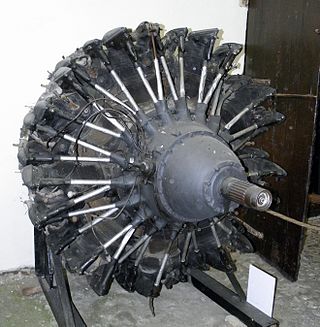
The Piaggio P.XII is an Italian 18-cylinder radial aircraft engine developed in the 1930s by Rinaldo Piaggio S.p.A. The P.XII was two Piaggio P.X engines in tandem, which were versions of the French Gnome-Rhône 9K Mistral made under license, themselves being much modified Gnome-Rhône 9A - a license-built Bristol Jupiter.
The Alfa Romeo 122 was a 12-cylinder inverted-V aircraft engine produced in 1941 by Alfa Romeo Milano as a licence-built Czechoslovakian Walter Sagitta, featuring a single-speed supercharger. The 122 R.C.38 major production variant had a reduction gearbox, single stage supercharger and rated altitude of 3,800 m (12,500 ft).
The Piaggio P.XIX was an Italian aircraft engine produced by Rinaldo Piaggio S.p.A. during World War II and used to power aircraft of the Regia Aeronautica.
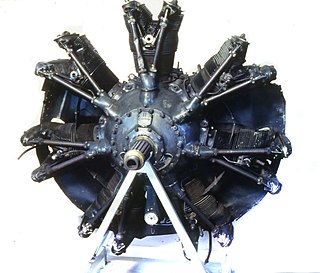
The Piaggio Stella P.VII was the first P series aircraft engine produced by Rinaldo Piaggio S.p.A. Based on its experience license-producing the Gnome-Rhône 7K, Piaggio sold the engine to be used on a wide range of Italian aircraft before and during World War II, including the record-breaking Caproni Ca.133.

The Isotta Fraschini Asso 750 was an Italian W 18 water-cooled aircraft engine of the 1930s. Produced by Isotta Fraschini the engine displaced just under 48 L (2,900 cu in) and produced up to 940 hp (700 kW). Together with the Asso 200 and the Asso 500 the Asso 750 was part of a family of modular engines, that used common and interchangeable components to lower production costs.
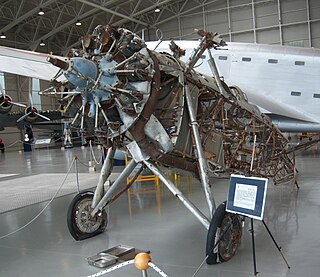
The Piaggio P.IX, or Piaggio Stella P.IX, was an Italian nine-cylinder radial aircraft engine produced by Rinaldo Piaggio S.p.A. Based on the Gnome-Rhône 9K, the engine was rated at 600 hp (447 kW). Production was used to power a number of other aircraft developed in Italy. The main users were the Savoia-Marchetti SM.81 transport and the IMAM Ro.37bis, the main reconnaissance aircraft in the Regia Aeronautica during the Second Italo-Ethiopian War, Spanish Civil War and Second World War, but the engine was also used by other designs, including the prototype Savoia-Marchetti SM.79.

The Fiat A.82 was an air cooled radial engine with 18 cylinders developed by the Italian engineering company Fiat and produced in small numbers during World War II. It was one of the most powerful aircraft engines produced in Italy and the culmination of series of successively larger engines developed from the A.74. It was used as the power plant for one operational aircraft, the Fiat BR.20bis bomber.

The Piaggio P.X, or Piaggio Stella P.X, was an Italian nine-cylinder radial aircraft engine produced by Rinaldo Piaggio S.p.A. Based on experience license-producing Gnome et Rhône designs, the engine was used to power a number of aircraft during World War II, including the IMAM Ro.37bis and IMAM Ro.43, used extensively by the Regia Aeronautica and Regia Marina respectively.

















